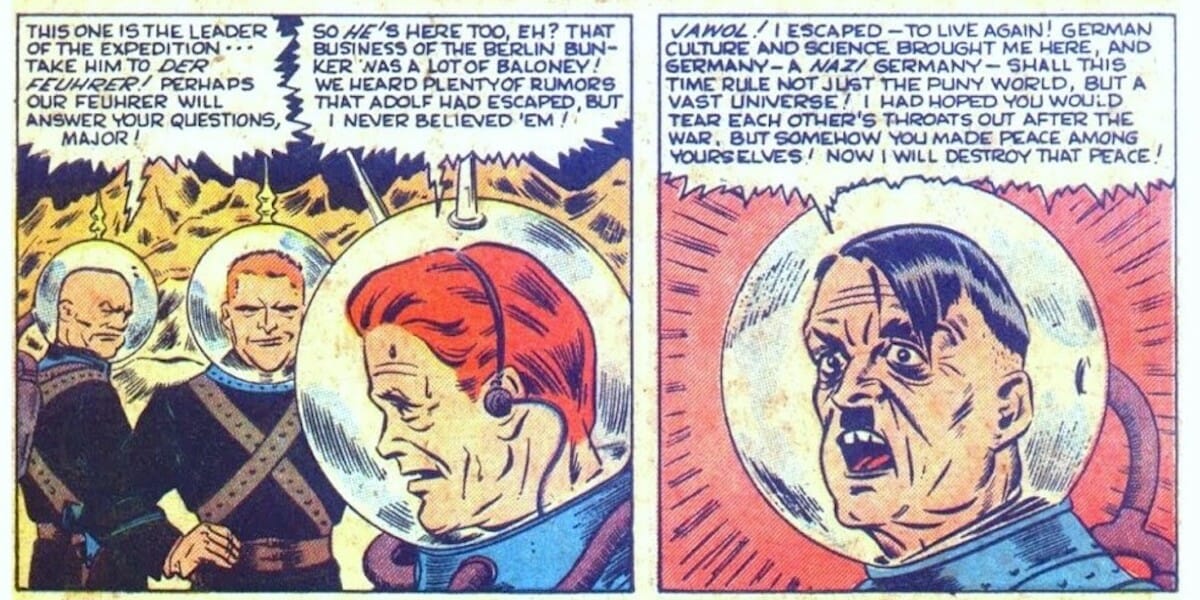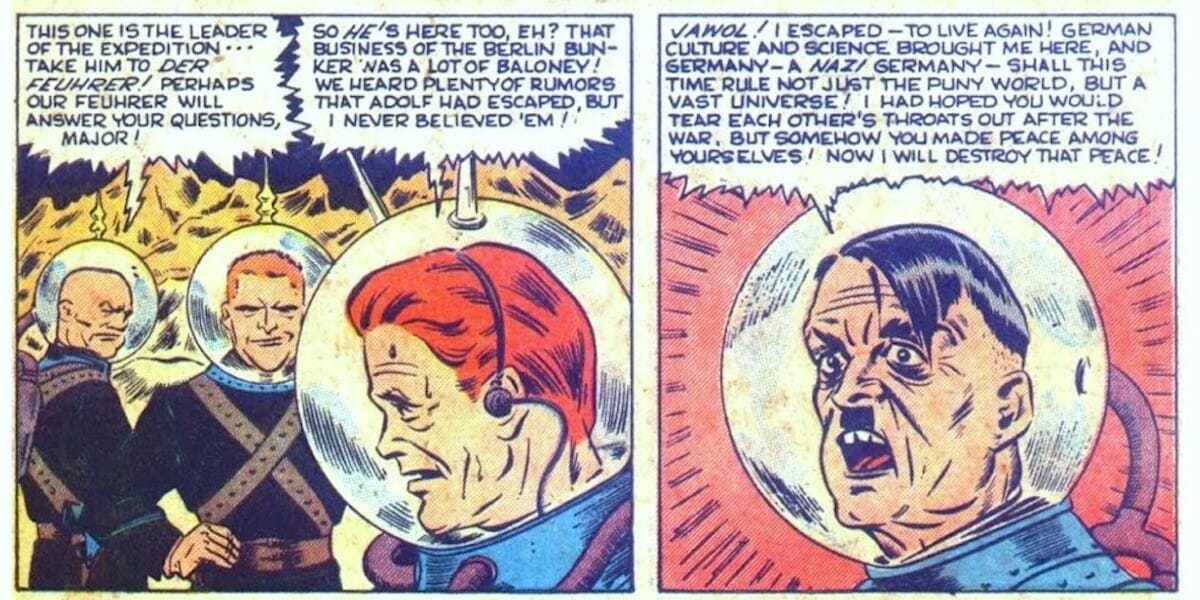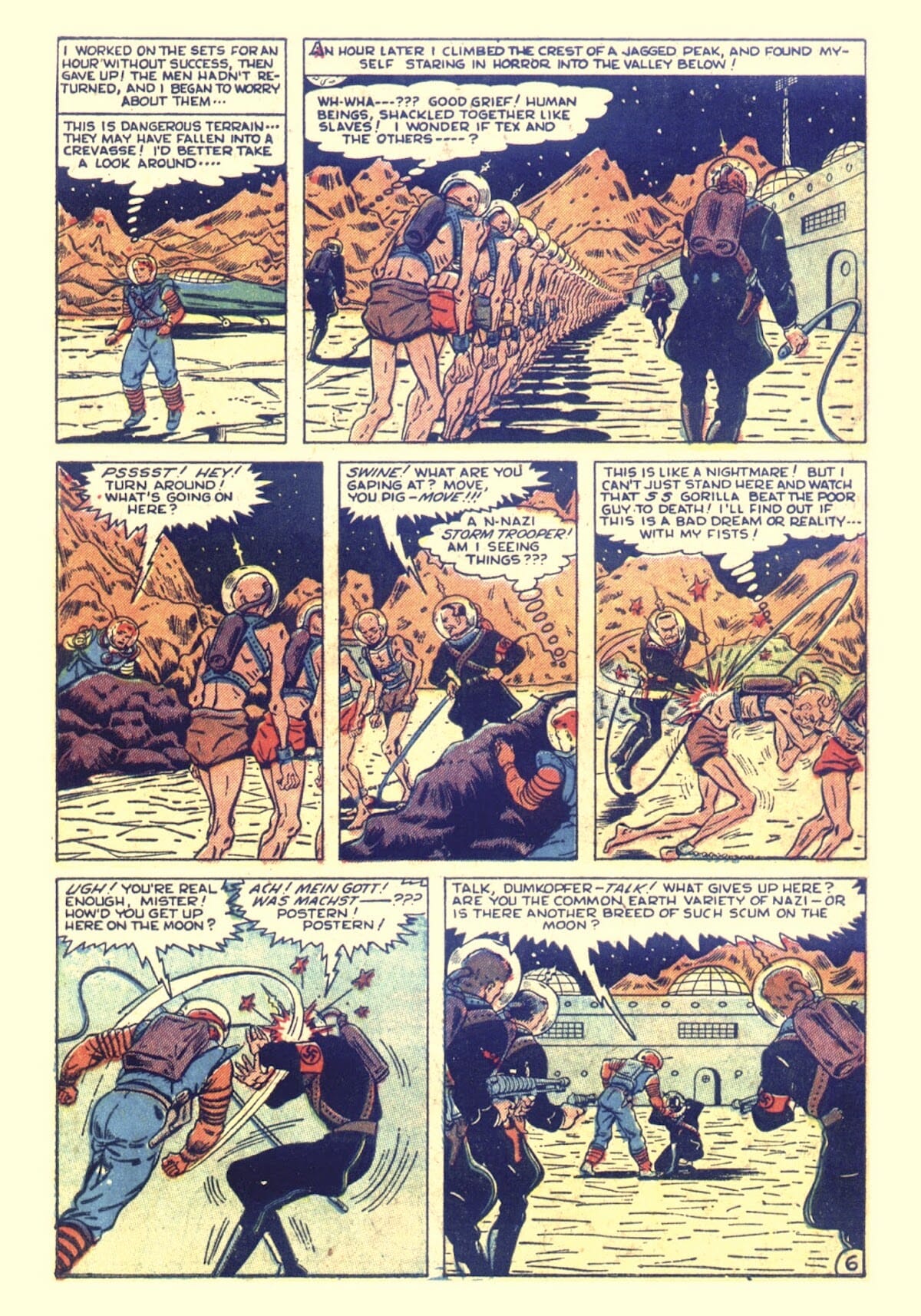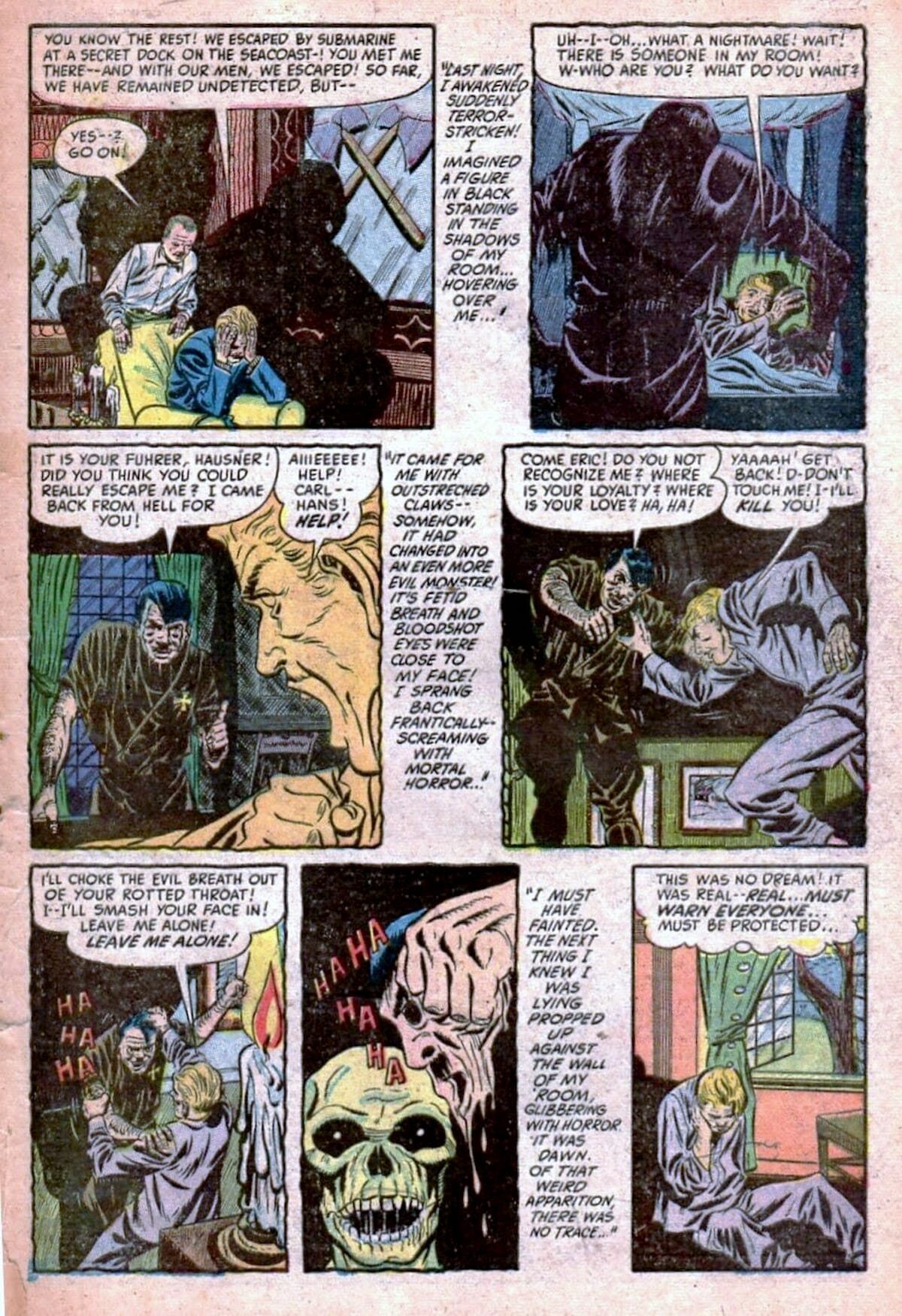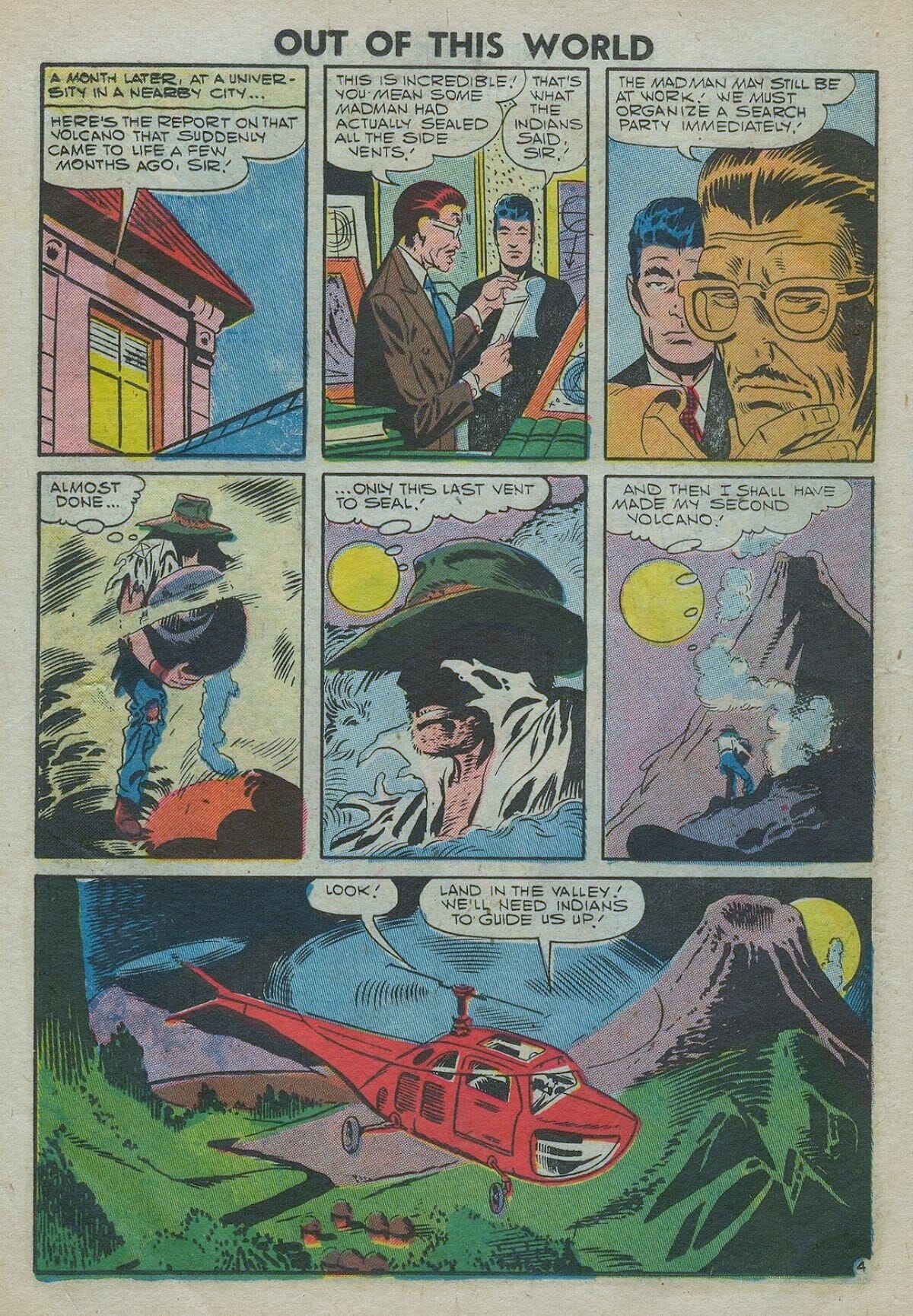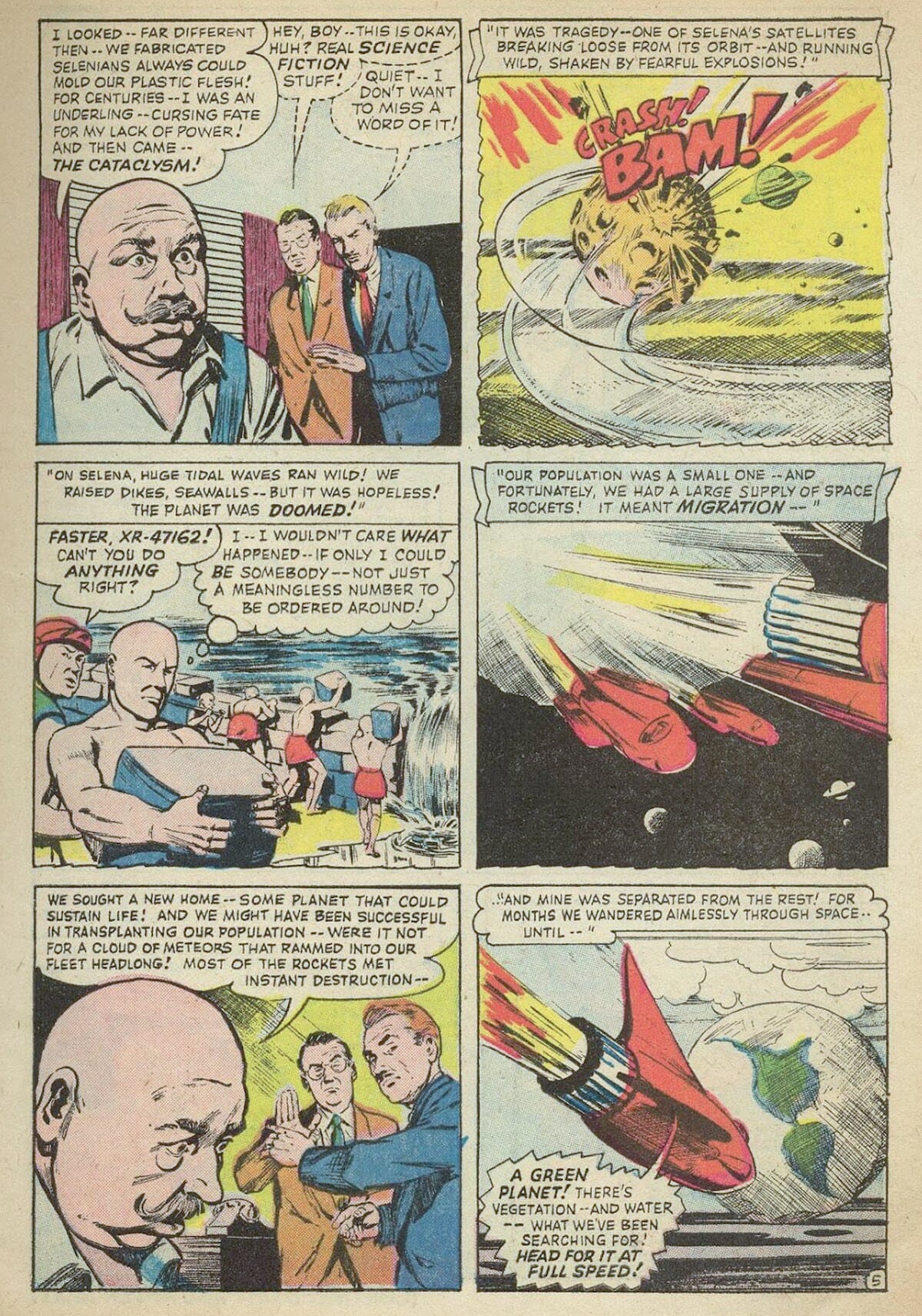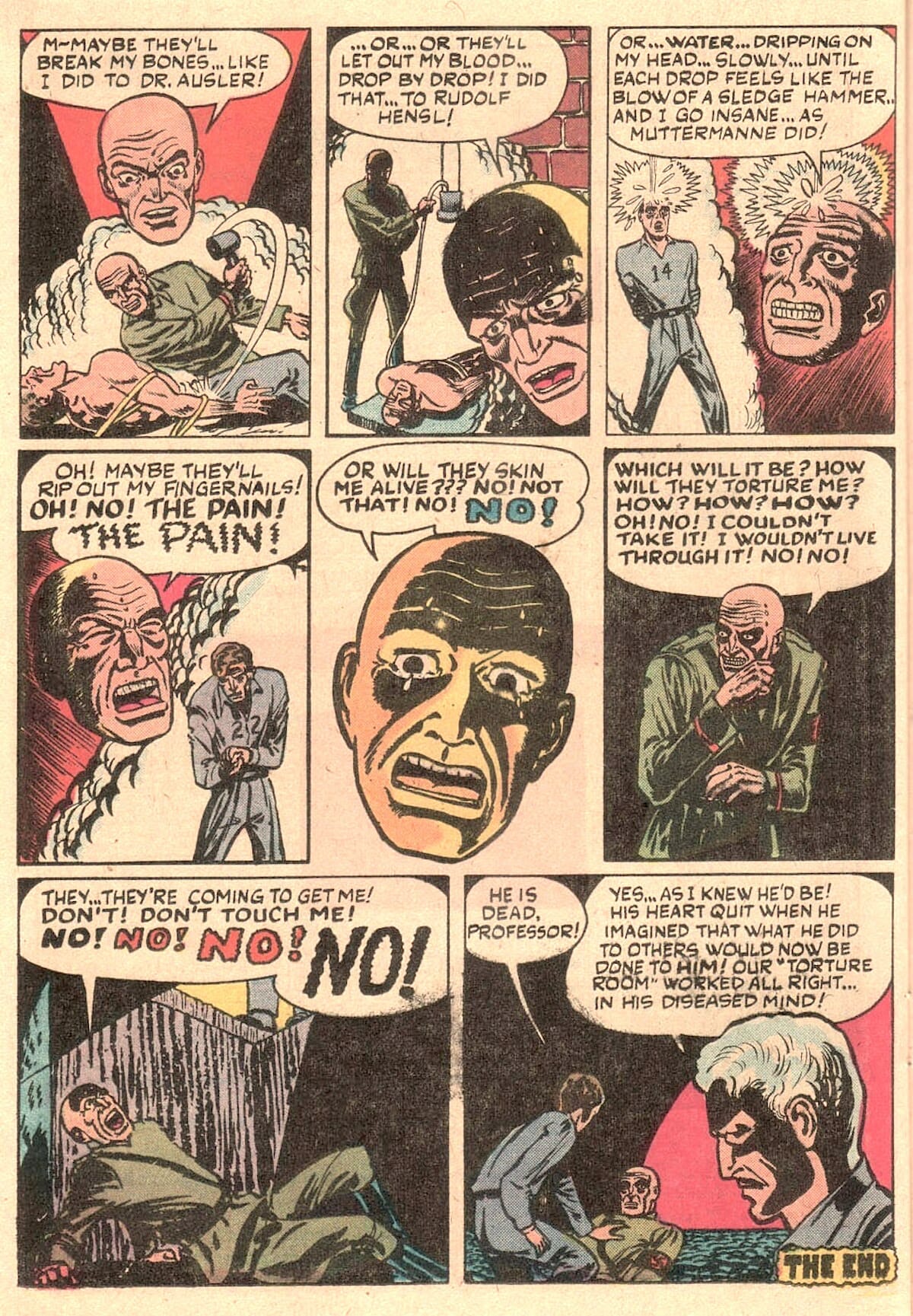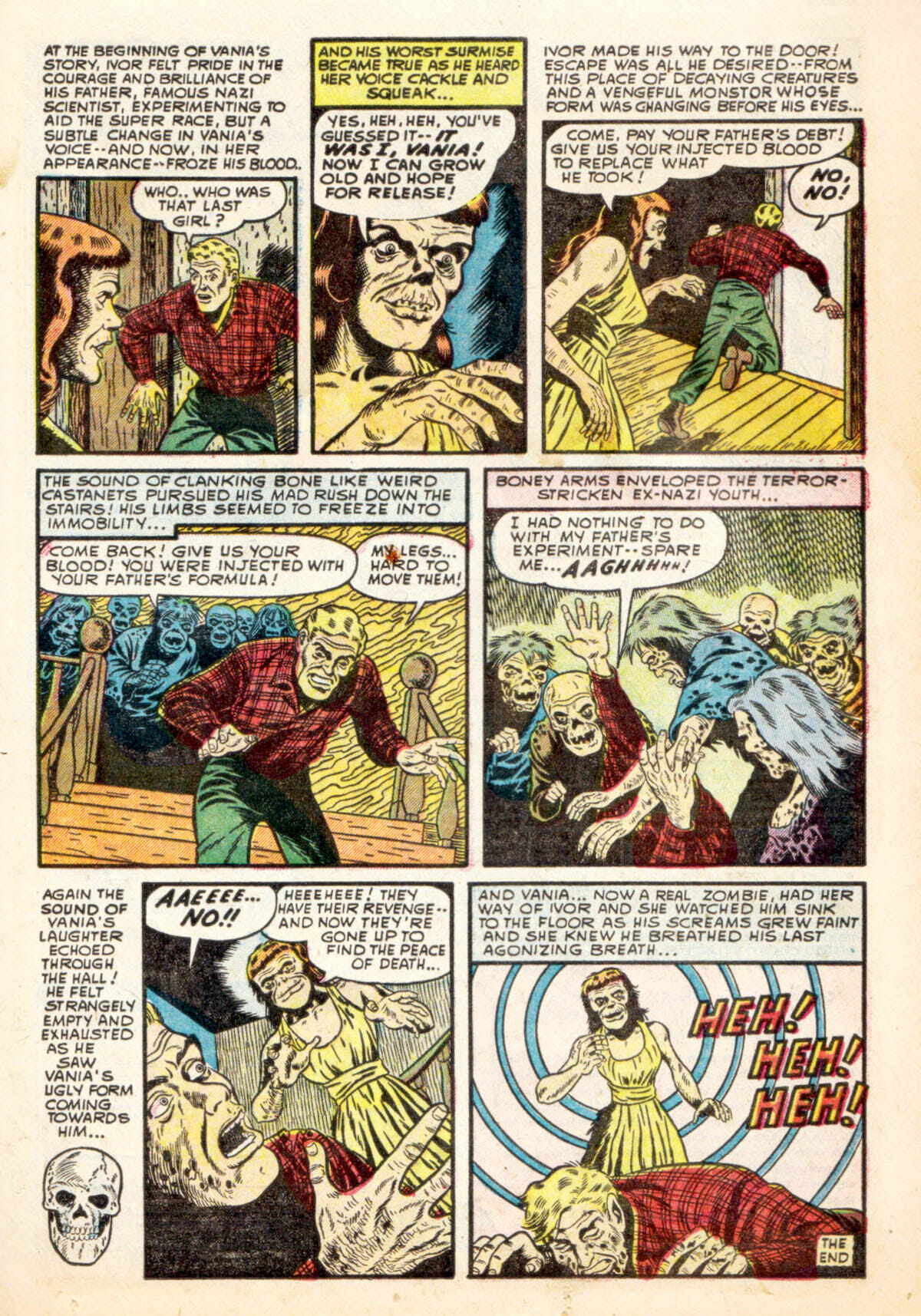We’ve come a long way since Art Spiegelman’s Maus. When the first collected edition published in 1986, it appeared to be a singular and wholly unimagined thing: a comic-book — garishly colored, childishly-plotted things that were mostly concerned with muscled men in tights — about the Holocaust. German philosopher Theodore Adorno once claimed that “To write poetry after Auschwitz is barbaric”…so how can one justify the writing and drawing of comic-books?!
Flash-forward to 2021 and it’s clear that Maus has long stopped being a singular event. There are many more comics about the Holocaust including two graphic adaptations of The Diary of Anne Frank (one of which recently got a movie treatment), A Family Secret, Yossel, The Boxer, Hidden, and even the superhero genre feeling confident enough to take on the subject with the likes of Magneto: Testament.
Maus, however, was far from being the first either. Like many other things in comic-book historiography, it acts as a comfortable starting point seemingly because of its respectability — similarly to how Will Eisner is defined as ‘the father of the graphic novel’ in a manner that sweeps aside much of the proceeding history. Decades before Maus there were comic-books that took on the subject of the Holocaust, but these were not the type of works that could ever be nominated for — let alone win — a Pulitzer Prize.
In Markus Streb’s essay “Early Representations of Concentration Camps in Golden Age Comic Books,” he notes that while depictions of the Nazis, and Hitler in particular, as enemies in war stories were many, the actual atrocities committed by the Nazis were not specified. They were just generic ‘bad guys’ with the nature of their crimes largely unknown by the general public until the end of the war. However, once some time had passed and by literally working within the newly-emerged horror genre trends that began to take shape in the comics industry, suddenly there was more room to discuss the truth behind Nazi horrors. As Streb claims: “In the early 1950s horror comics made their depictions of torture methods more explicit than they had been in the war years, due to the inner logic of the horror genre and the available information and rumors about Nazi atrocities that had spread since the liberation of the camps.”
The crimes of the Holocaust were of such magnitude and such cruelty, that they seemingly could only be presented through the prism of exaggerated comic-book horror. Where Maus was much scrutinized for its thematic content and literary value, these short macabre pieces were allowed to fly under the cultural radar, sitting comfortably alongside the usual tales of ghouls and ghosts. Though varying wildly in terms of quality, the stories told in these comics have, in many ways, taught us about American reactions to the Holocaust and the Nazis.
Author Yehiel De-Nur, whose words are quoted in the opening of this article, was a Holocaust survivor and writer whose novels and stories often featured lurid description of sex and violence, some classified them as pornography. Following the success of his works, a whole sub-genre of pulp pornography crassly named Stalag Fiction, became briefly popular in Israel – despite (or perhaps because of) the taboo nature of the subject matter. Yet these novels, no matter how lurid-looking, were his way of processing that horrible experience. Poetry might not be barbaric after Auschwitz, but sometimes it is not sufficient. Indeed, for the comics creators of the 1940’s and 1950’s, many of them Jewish, some of them served during World War II, had these short horror tales as a way to cope.
One of the earliest comic-book stories found on the subject is “The First Rocket,” from Journey into Unknown Worlds #2 — a story drawn by Namor, the Sub-Mariner creator Bill Everett –published December 1950. Taking place in the far future of 1964, it begins ominously – with an unknown spaceship crash landing on Earth, marked by a Swastika! A diary hidden inside the ship tells the rest of the tale:how America’s secret mission to the moon was seemingly successful, only to discover someone has beat them to it – the remain of the Nazi military. What’s more – they are led by Adolf Hitler himself!
This is the first depiction of a recurring motif of a super-natural or super-scientific Hitler, one that transcended the pathetic fate of his real-life counterpart. Decades later this image of a returning Nazi spaceship will become a focal point of Mike Mignola’s Hellboy: The Conqueror Worm. Everett excels at these drawings of the fantastic variety; the transformation from the 1950’s hopefulness at the seemingly endless possibilities of progress (at least, for Americans) to the horrors of Nazi conquest are stark. The image of a stormtrooper beating helpless slaves with a whip on the Moon are patently absurd, but there is power in them and in their evocation of cruelty. The most interesting element of the story is a single line by one of the astronauts towards Hitler: “The Earth is still trying to hide the corpses you left at Belsen, Auschwiescha, Buchenwald!” a matter-of-fact acknowledgment of the concentration camps.
Two other early examples of supernatural Hitler can be found in “Hitler’s Head” (Weird Terror #1, September 1952) and “The Wax Demons” (Forbidden Worlds #11, November 1952). In both tales Hitler is acknowledged as being dead but is given means to return to the mortal realm to strike terror again. In “Hitler’s Head” it is not the free world that’s being threatened, but rather former Nazis hiding in South America; Hitler isn’t presented as heroic in any manner, but simply as an example of paying evil unto evil. In “Wax Demons” Satan allows the spirits of several evil historical figures to take over Wax figures in their image – thus Attila the Hun, Jack the Ripper and Mussolini team up; but their leader is, of course, a newly arriving figure of Adolf Hitler. His appearance on the page feels very much like a last page reveal of some powerful Villain in a superhero comic, as if Darkseid or Doctor Doom are about to pop-out: “No, please! Not – him!”
What these stories all have in common is the postulation of Hitler as something supernatural and inhuman, the lateralization of De-Nur’s ‘Planet Auschwitz.’ A few years before Eichmann in Jerusalem it was easy — even comforting — to think of Hitler as a singular thing like Dracula or the Boogie Man; the idea that matter how powerful and threatening they are, they can be beaten and then one can feel safe. Similarly, but perhaps more down to Earth, this version of the story can be found in “I Made a Volcano” (Out of This World #5, September 1957). Noted mostly for being an early work by future-legend Steve Ditko, you can already see his style forming in the wild swings and twisted body language of the main character, this is another story that shows a fictional Hitler outliving the real one.
Here, however, Hitler is not some powerful demon but a broken madman. Living on pure spite, he pushes rocks into a dormant volcano with the hopes of making it erupt. Not for any particular reason, simply because destruction is all he knows. Again, Hitler is presented as something not quite human, but this time in the service of making him pathetic, not just scary. This is very much in-tune with Ditko’s later philosophy of evil as self-annihilating in its mad desires; see also – his later stories for Warren Publishing’s horror anthologiesCreepy and Eerie.
The most interesting of these supernatural stories is “The Man Within,” (Adventures into the Unknown #80, January 1957), which sees a professor chancing upon a seeming ‘nobody’ and decides to use hypnosis to reveal his inner life. Under hypnosis, this individual reveals himself to be an alien life form named XR-47162 created in a lab on a planet in which life has been carefully engineered and everyone has their place; born to be part of the bottom rung of the societal ladder.When his home planet is destroyed and he ends up stranded on Earth, XR-47162 decides to reject his lowly status and, during a semi-immortal existence, adopts a series of guises each one worse than the previous. Ending, of course, with the revelation that he was Hitler all along.
While the story is ridiculous to the extreme –the amount of plotting of conveniences needed to bring the characters to the final is nothing less than exhausting — “The Man Inside” offers a more interesting vision of evil. When he first takes his earthly guise XR-47162 says: “I – I wouldn’t care what happened – if only I could be somebody – not just a meaningless number to be ordered around.” The terrible irony of the man who be Hitler fretting about not being ‘just a number’ is palpable. Likewise, the idea that while the entity is inhuman its evil is not unique to a particular point in history.
The Hitler of “Wax Demons” was presented as standing above Attila the Hun due to his greater level of wickedness, an ultimate evil figure. Here Hitler is presented as part of an historical chain, noting that this type of evil always existed in the world. It’s not quite the Banality of Evil, it can’t ever be when dealing with Fuhrer himself, but it certainly inches closer to that notion.
Since the presence of Hitler — particularly allowing the creators to present him as a single mythic figure — complicates matters, it’s valuable to focus on stories featuring generic Nazis rather than any famous ones. Don Rico’s “Torture Room” (Adventures into Terror #4, June 1951) is a startling slice of Jewish vengeance, accomplishing quite a lot in just three pages (and looking quite stylish to boot). The plot concerns a group of prisoners in a Concentration Camp who plot together to punish the sadistic commander; they dig a hole beneath their cell and one night manage to kidnap the commander and throw him down to their “torture room.” With no outside stimuli, the man begins to imagine all the tortures he used to inflict on the prisoners – and how they will now do the same to him; finally dying of fright.
“Torture Room” has a ray of hope to it: the first person narrator speaking of things in past tense implies that he survived the camps, but overall this isn’t about repudiating the horror of the camps but about punishing evil; and evil here is all too human, just a sadistic commandant. The most important element of the story is the psychology of the character. In a perfect example of psychological projection, he’s convinced the prisoners would do to him exactly as he has done to them, being unable of conceiving that for some people such torture is evil unto itself. He is killed by “his diseased mind” rather than by any physical action. The progression of facial reactions, the way the penultimate panel broadens up to allow the contrast between dark and light – nothing short of masterful.
An interesting mix of supernatural and ‘human’ horror is the subject of “The Gravedigger’s Terror” (Mysterious Adventures #11, December 1952). The story begins with vampire killings in Nazi-occupied France, this plot is then seemingly abandoned as we focus on the titular gravedigger who finds a job with the Germans and quickly rises through the rank as a collaborator, egged on by his Lady Macbeth-esq wife: “Hit him again Franz! Make him bleed more! Hit him!” she shouts, delighting on every injury inflicted.
Naturally, the blood-thirsty wife turns out to be the vampire in the end, turning on her husband. While there is a supernatural element involved, Franz collaboration is not blamed on hypnosis or anything of that manner, Franz made his choice. First from necessity, being genuinely afraid of what the Nazis would do to him if he resisted, but later from desire to advance. As the story progresses his reticence drops, he might not be a literal monster but he is a figurative one. When he and his wife turn on one another it is not a matter of karmic justice, this is simply who they are – having destroyed everyone else they could, they end up preying on one another.
It seems pointless to expand any farther on “Master Race,” possibly the most famous history in the EC Library. However, it is worthwhile to consider it in the context we established so far – the dead come back. The protagonist of that story is haunted by history. Even coming to America, the land of opportunities and new beginnings, he cannot shake his past. This is the one element in common to all these disparate stories, from the realistic to the supernatural, the evil arises when one attempts to avoid engaging with history. Evil is intentional ignorance.
The big twist that the revelation that the protagonist is not a victim of a perpetrator, feels like an intentional poke — not just at America’s own willingness to whitewash certain Nazis — but it’s own historical crimes as well. In such a country, the story says, it would be quite easy for Nazis to hide – they don’t need to run away to South America like they did in the more-fantastic “Hitler’s Head.” Heck, at a certain point they might not need to hide at all, just march proudly in public; as if history didn’t happen.
Years after the Eichmann trial De-Nur repudiated his younger self: The Holocaust didn’t take place on another people but on this one; it was not aliens but regular people who committed these atrocities. In real life the dead do not come back, they cannot personally remind us of what was done, which is why it is up to us to remember – through history and fiction, we conjure them.
